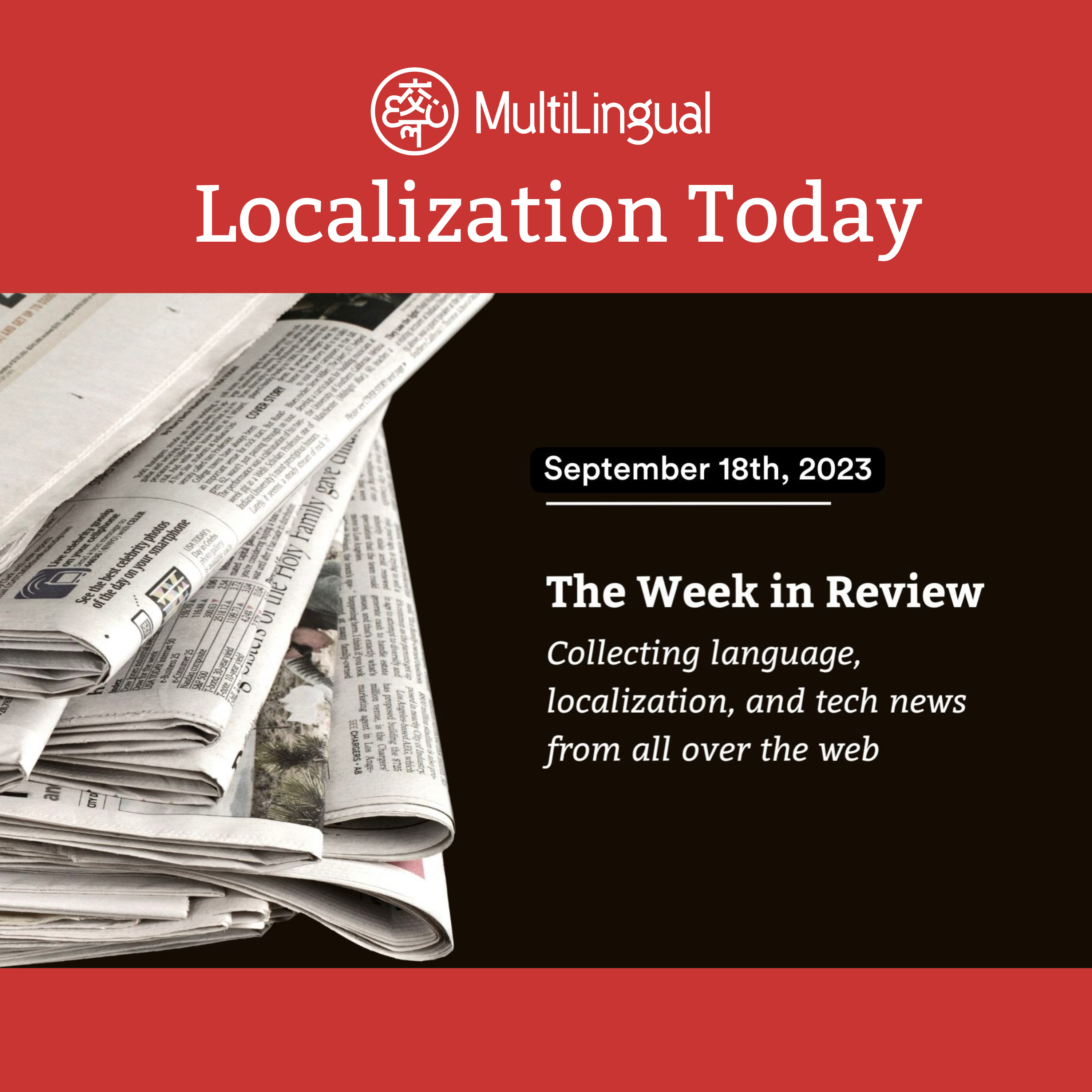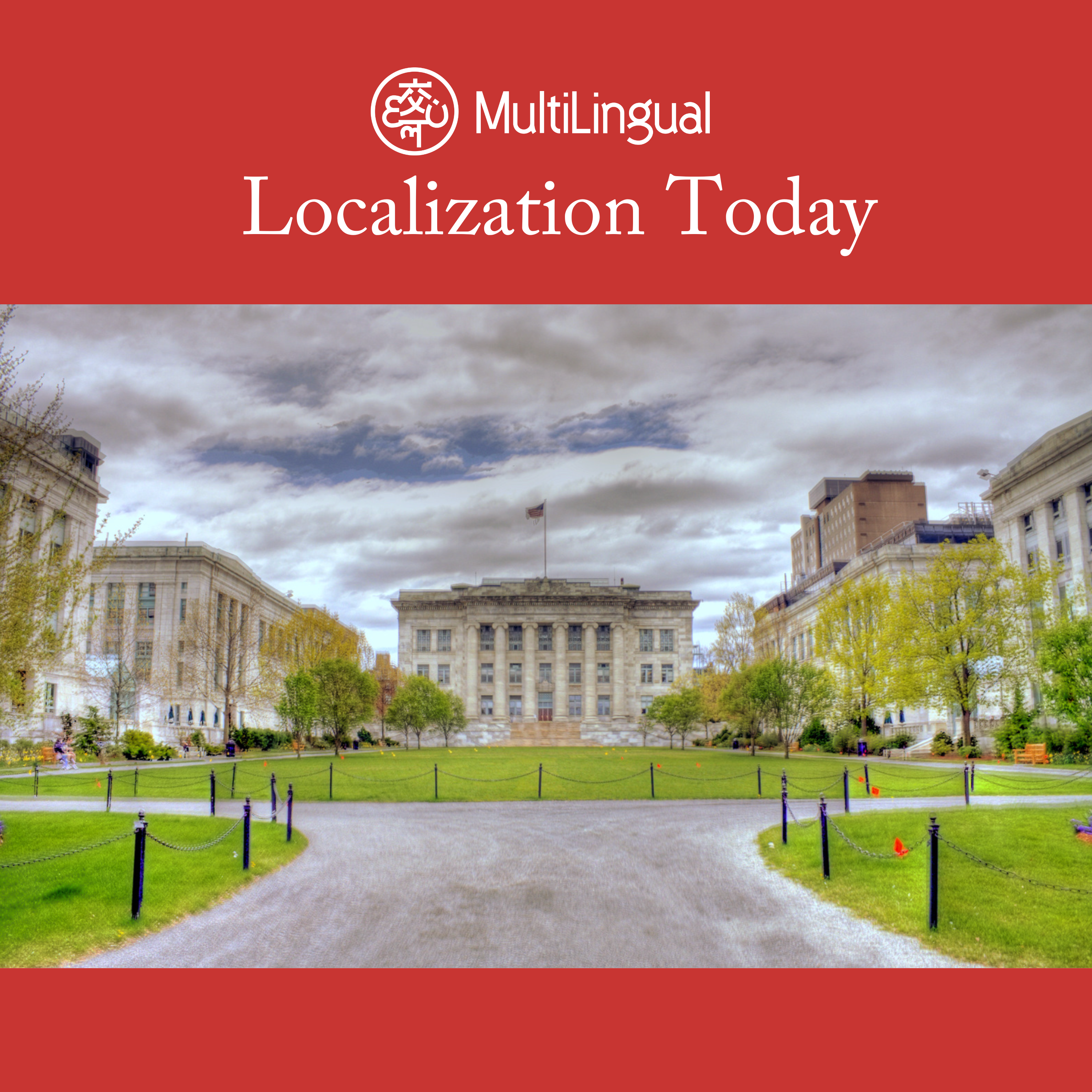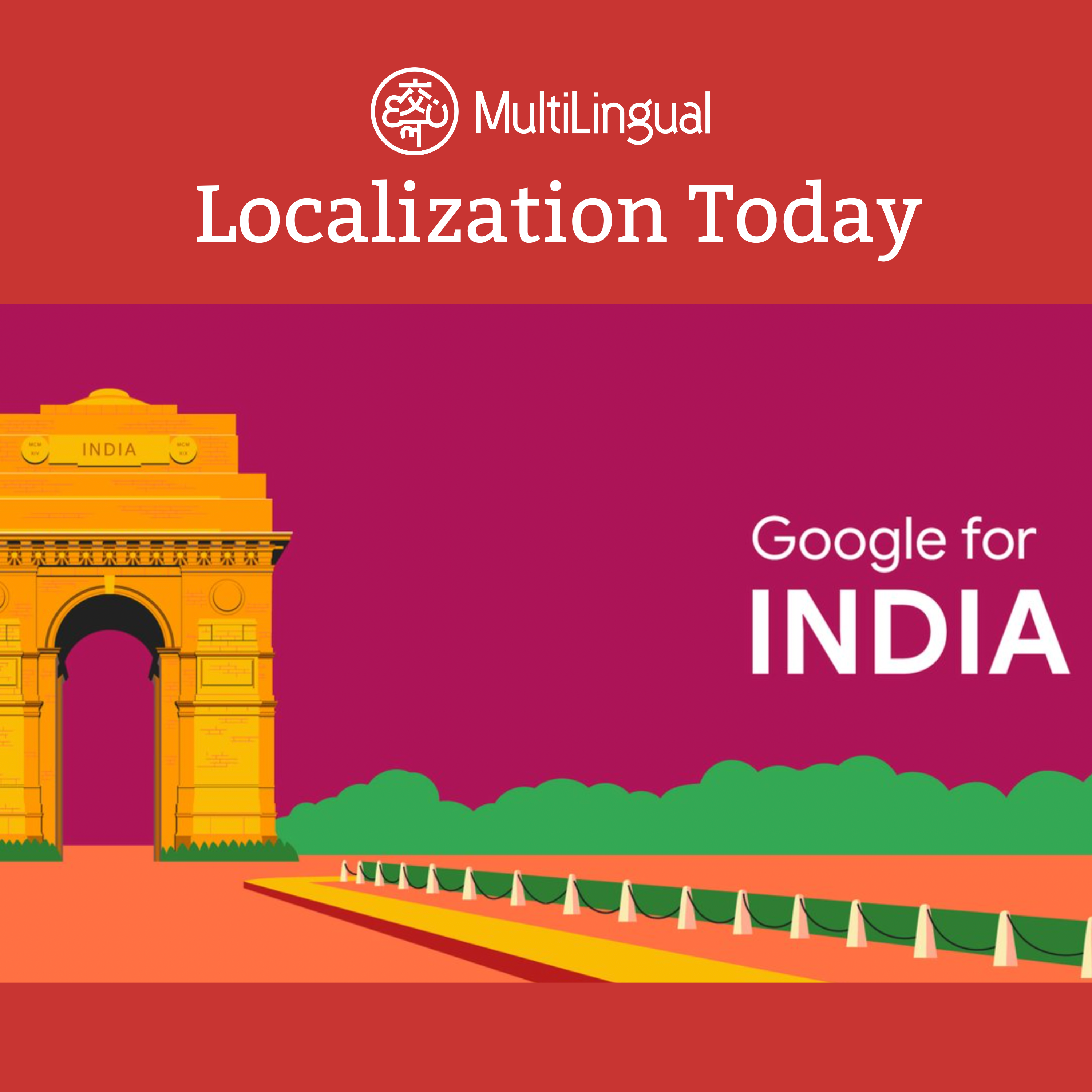Episode Transcript
[00:00:00] The Essential Role of Language Digitization in Combating Global Poverty, by Lyudmila Golovine the statistics are grim. According to the United Nations UN Educational, Scientific and Cultural Organization, almost 40% of the world's population does not have access to education in a language they speak or understand, a major factor keeping billions in poverty.
[00:00:25] And a CSA research report entitled How Does Wealth Affect Language Access? Finds that less than 2% of the world's languages are represented online, yet Internet users control 93% of the world's gross domestic product.
[00:00:39] But change is in the wind, and billions of speakers of marginalized languages are on the precipice of bridging the digital divide. Through broader accessibility of digital technology and international cooperation via major initiatives like the UN's Sustainable Development Goals, SDGs and UNESCO's International Decade of Indigenous Languages, these communities now have a path forward, though not an easy one. Today, nearly one third of the world's population remains unconnected, locked out of the digital revolution, said Antonio Guterres, Secretary General of the un. Bridging that divide is not only an economic necessity, but also a moral and humanitarian imperative. The language services industry is uniquely positioned to play a major role in this transformation.
[00:01:26] It has been inspiring to see an increased focus on low resource and indigenous languages at recent industry conferences and events.
[00:01:34] Innovation and creativity, coupled with deeply rooted care for equitable language access for all, is why our industry has what it takes to make the difference. The catch 22 of language digitization an economic argument for digitization of underserved languages, including unimpeded access to the Internet and use of mobile devices, is essential to driving investment.
[00:01:56] Currently, many marginalized languages seem to lack commercial viability, which limits their digitization potential.
[00:02:04] This catch 22 perpetuates their exclusion from digital advancements, further reducing economic opportunities for speakers of these languages.
[00:02:13] To address this cycle, the language services sector can lead efforts in digital tool creation and artificial intelligence, AI development, training, and mentorship in support of these communities.
[00:02:25] Such efforts create sustainable economic opportunities for speakers of marginalized languages who represent most of the world's linguistic diversity. In turn, these efforts will open new frontiers and opportunities for return on investment.
[00:02:40] Concerted digitization efforts yield real world economic results.
[00:02:45] One example is the digitization of Hindi and other regional languages in India, like Tamil, Telugu, Bengali, Marathi, and Gujarati. This effort has been a key driver in the growth of Internet users in rural India, particularly between 2015 and 2020.
[00:03:02] Bain & Co. Indicated that by 2022, India's Internet economy was valued at approximately $175 billion, up from $30 billion in 2015 and is expected to grow to $1 trillion by 2030.
[00:03:19] This has opened new markets for small businesses and entrepreneurs and fostered economic activity in remote regions.
[00:03:26] The introduction of voice based tools supporting multiple Indian languages, a technology especially important for users with low literacy levels, further contributed to this growth by enabling users to interact with the Internet using their native languages.
[00:03:41] Another example is the Mayan Languages Preservation and Digitization Project, a community driven initiative started by Masterword in 2023 that has been making headway in digitizing Mayan languages spoken by over 7 million people.
[00:03:56] The project's mission is to serve as a practical digitization roadmap for communities that are currently not prioritized for digitization by tech companies and that have challenges like low literacy rates and lack of data for creation of neural machine translation, NMT and AI tools.
[00:04:13] In 2024, the project officially partnered with UNESCO to launch a universal Mayan language keyboard to make digital communication through common devices more accessible for Mayan communities.
[00:04:25] The team is currently developing first of its kind, NMT for Kitch, Keki and Kakshikal, as well as comprehensive Text to Speech and Speech to Text systems affecting more than 3.5 million speakers. Digitization efforts are becoming more feasible as low income economies around the world experience greater connectivity, a trend described in the 2024 Information and Communication Technology Development Index.
[00:04:55] The IDI, published by the International Telecommunication Union, is a measure of countries digital connectivity. The 2024 report shows encouraging progress in low income economies driven by gains in Internet access, mobile broadband penetration and affordability.
[00:05:13] Although the IDI results confirm the strong link between overall economic development and digital progress, Kosmas Lufty Son Zavazava, director of the ITU Telecommunication Development Bureau, reminds us that low income economies, despite showing the highest improvement rates, still lag far behind high income economies.
[00:05:33] And this is exactly where the language industry can help. The Open Language Model Although much has been done to expand the number of languages available on digital platforms, many marginalized language communities are not prioritized by tech companies for inclusion. Thus, speakers either lack access to the underlying technology required to achieve full access or end up further frustrated by not knowing how to get support from large tech companies.
[00:06:00] Researchers at uit, the Arctic University of Norway, have proposed an open language model in response to efforts to digitize low resource Nordic languages.
[00:06:09] The model offers a novel approach to achieving full access for all languages, including those not currently on the roadmap of large tech companies.
[00:06:19] Unlike traditional open source models that require full access to a software's codebase, the open language model focuses on opening the localization layer, empowering speakers of indigenous languages with the autonomy to shape their own digital futures, Scher Norsteibo Moshagen explains in his October 2024 multilingual magazine article, developing Language Technology Tools for Low Resource Languages. By opening up this layer to all language communities, each one can decide what is crucial to its members.
[00:06:51] Here is no need to ask for permission to see, speak, read, or write one's own language.
[00:06:57] This approach allows communities to create, distribute, and maintain language technology tools that reflect their linguistic needs without external gatekeep Ethical AI and Language Services Digital access and the AI revolution bring both progress and increased risks, and once again our industry is at the core of this transformation.
[00:07:18] Standards organizations have started developing guidance for transparency, accountability and consumer protection affecting AI assisted interpreting and translation. One newly formed group is the Interpreting Safe AI Task Force, which advocates for fair and ethical AI in interpreting. Its mission is to establish, disseminate, and promote guidelines for accountable AI adoption in the field, ensuring technology's benefits are maximized while minimizing potential risks.
[00:07:48] A key achievement in 2024 was the release of Comprehensive Guidance for Ethical AI Use in Interpreting, the culmination of a comprehensive global survey, two major studies, and broad stakeholder engagement over a one year period.
[00:08:02] The official guidance establishes clear ethical principles and practical examples that ensure AI technologies enhance rather than compromise the quality and standards of accountability, safety, and transparency in language interpretation. The task Force's guidance underscores the importance of keeping human expertise at the core of AI driven processes to ensure transparency and accountability.
[00:08:26] As a result, the industry now has a framework that not only supports responsible AI implementation and interpreting, but also reinforces the broader goal of equitable language access.
[00:08:37] The guidance provides an ethical framework for deploying AI in interpreting services in healthcare, legal, educational and other settings and has already been used as a basis for recommendations such as those published by the National Council on Interpreting in Healthcare. In addition to this guidance, a sister project emphasizes the importance of informing those who consume translation output about the process that was used.
[00:09:02] Section 1557 of the United States Affordable Care act makes this a legal requirement for critical translations in healthcare, stating that these must be reviewed by a qualified human translator. In 2023, consumer protection labels applied to the post production phase and translation services were introduced in ASDM International's F2575 stand.
[00:09:25] These labels were unedited machine translation and bilingually reviewed translation.
[00:09:32] At the 2024 association for Machine Translation in the Americas conference, Dr. Alan Melby presented on the need to further refine labels currently ASDM is working to replace UMT and BRT with the following professionally verified translation produced, edited, or revised by a qualified translator and unverified translation compatible with AI generated content.
[00:10:00] AIGC is a subtype of UVT covering raw AI output or translations by unqualified humans. A label ecosystem for translation output benefits consumers by indicating trustworthiness or the need for caution enables providers to comply with regulations and justify pricing, and helps developers select appropriate training data.
[00:10:22] Refusing to label UVT in some standardized and easily recognizable way is not only unethical but also dangerous, especially for users of marginalized or low resource languages.
[00:10:34] Expanding the Vision for Greater Impact New frontiers are opening for innovation in digital and economic inclusion. The language services industry is poised to deepen its role as a transformative force on the global stage.
[00:10:48] By championing ethical innovation, pushing the boundaries of digital inclusion, and embracing accountability and transparency in ethical AI, we are uniquely positioned at the center of transformation.
[00:11:00] To maximize this potential, the industry must embrace a proactive approach, fostering collaboration with community and technology partners and advocating for digital access policies that prioritize marginalized languages.
[00:11:14] Together, we can help create a future in which every community, regardless of economic standing, can access digital platforms in their native language, empowering billions with tools for self advancement, education, and entrepreneurship. The path forward is clear.
[00:11:31] Language access is not only a tool for communication, but also a powerful gateway to equity, progress and a truly interconnected world. This article was written by Lyudmila Golivine, the driving force behind masterword, a top ranked language service provider globally. Her work has been recognized with numerous awards.
[00:11:51] She is a founding member of the SAFEAI Task Force and volunteers with Women in Localization.
[00:11:57] Originally published in multilingual magazine issue 237, February 2025.


